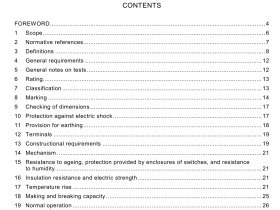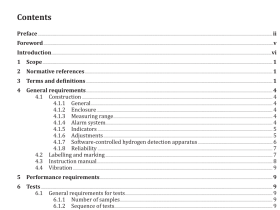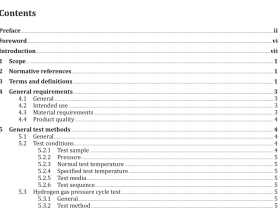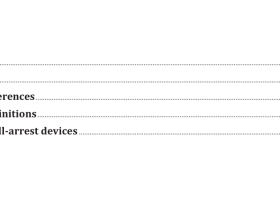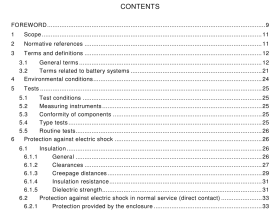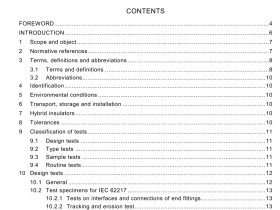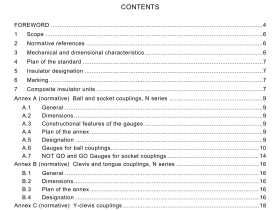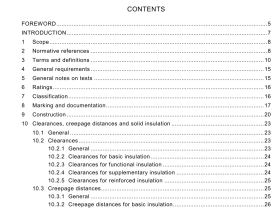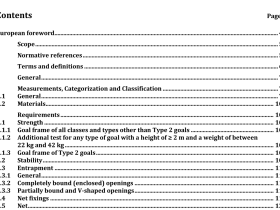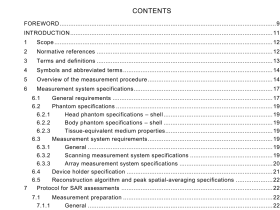AS 1735.12 pdf download
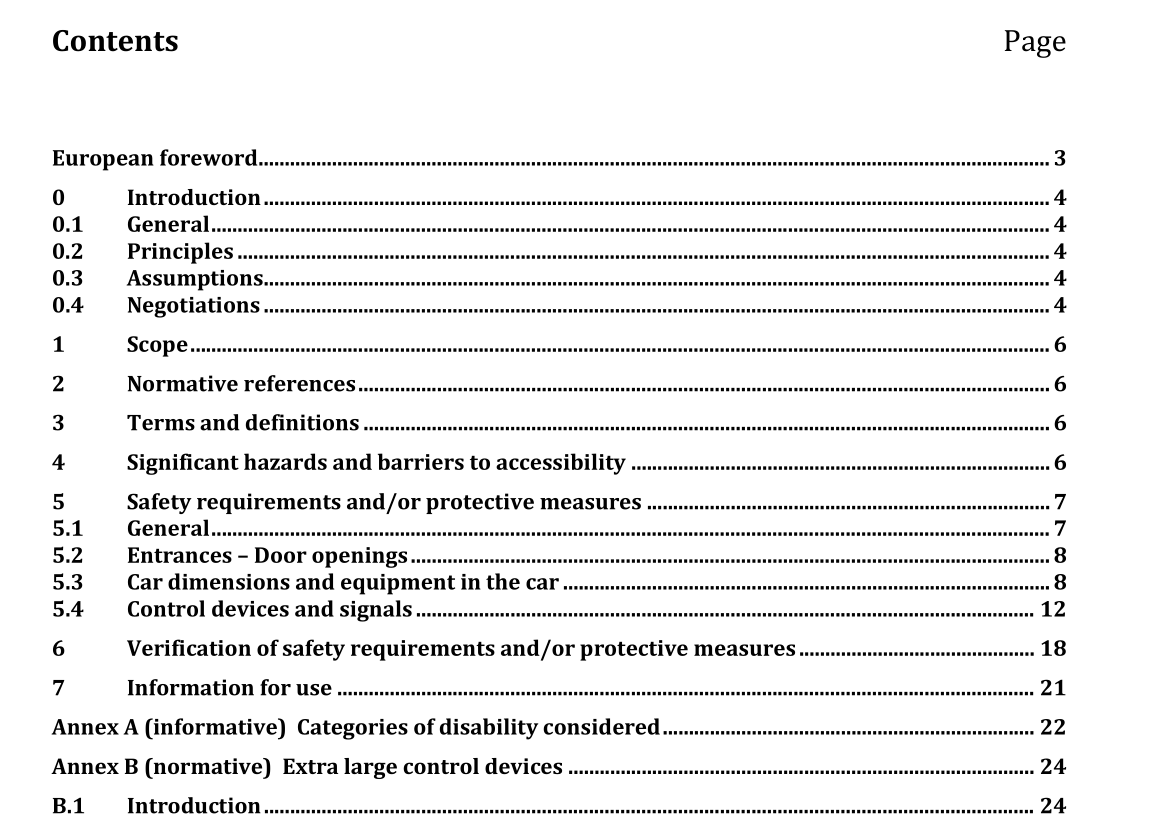
AS 1735.12 pdf download.Lifts, escalators and moving walks
1 Scope
This European Standard specifies the minimum requirements for the safe and independent access and use of lifts by a wide range of persons, including persons with disabilities. It is applicable to new passenger and goods passenger lifts according to EN 81-20. For other types of lifts, e.g. inclined lifts according to EN 81-22, this standard can usefully be taken as a basis. NOTE 1 For guidance on solutions for increased accessibility and usability see Annex D. NOTE 2 For the upgrading of accessibility of existing lifts in line with the recommendation of the European Commission dated 8th of June, 1995 (95/216/EC) concerning improvements to safety of existing lifts, see EN 81– 82.
2 Normative references
The following documents, in whole or in part, are normatively referenced in this document and are indispensable for its application. For dated references, only the edition cited applies. For undated references, the latest edition of the referenced document (including any amendments) applies. EN 81-20:2014, Safety rules for the construction and installation of lifts – Lifts for the transport of persons and goods – Part 20: Passenger and goods passenger lifts EN 81-28:2018, Safety rules for the construction and installation of lifts – Lifts for the transport of persons and goods – Part 28: Remote alarm on passenger and goods passenger lifts EN ISO 12100:2010, Safety of machinery – General principles for design – Risk assessment and risk reduction (ISO 12100:2010) ISO 4190-5:2006, Lift (Elevator) installation — Part 5: Control devices, signals and additional fittings
3 Terms and definitions
For the purposes of this document, the terms and definitions given in EN ISO 12100:2010 and EN 81- 20:2014 and the following apply. 3.1 collective control system lift control system where required direction of travel is registered on the landing and the destination floor is registered in the car 3.2 destination control system lift control system where the destination floor is registered on the landing 3.3 accessibility button means to activate enhanced accessibility features or services for a single trip
4 Significant hazards and barriers to accessibility
This clause contains all significant hazards, hazardous situations and events as far as they are dealt with in this standard, identified by risk assessment as significant for this type of machinery and which require actions to eliminate or reduce the risk (see Table 1).
5 Safety requirements and/or protective measures
5.1 General 5.1.1 Passenger and goods passenger lifts shall comply with the safety requirements and/or protective measures of the following clauses. In addition, passenger and goods passenger lifts shall be designed according to the principles of EN ISO 12100 for hazards relevant but not significant which are not dealt with by this document (e.g. sharp edges). The requirements of EN 81-20 and EN 81-28 apply with additional requirements elaborated below. 5.1.2 Where luminance contrast between adjacent surfaces is required the difference in light reflectance value (LRV) shall comply with Table 2. Light reflectance values under viewing angles according to Table 2 taking into account lighting conditions and reflections of ceilings, walls and floors may be determined by a black and white photo of a sample with an adjacent LRV scale and comparing surfaces of the sample with the LRV scale. Alternatively, by placing a LRV scale against the surface of interest, a reasonable match can be identified. NOTE On shiny and direct reflective surfaces, unfavourable reflections can reduce luminance contrast determined by LRV-method. Light colour tones for ceiling and wall surfaces, diffuse reflective materials and a wide light distribution prevent disturbing reflections on the controls. For further guidance on contrast see ISO 21542:2011, B.7.2.
